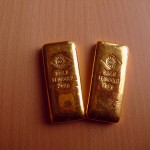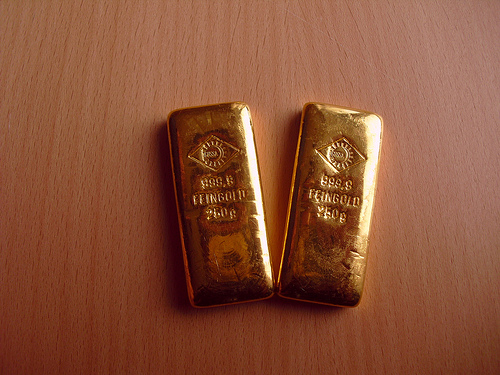
ISA season is upon us and the financial pages are, sure enough, beginning to unveil their tips for our cash. One article in particular caught my eye over the weekend – the Daily Telegraph’s 10 suggested investments for a balanced portfolio based on the value principles of Ben Graham.
This is an interesting idea and I would not criticise the make-up of the portfolio itself, but I would quibble with the latter part of the proposition, i.e. that of the portfolio’s ten ideas being based on the fundamental investment principles of Ben Graham.
For anyone who doesn’t know, this man is to investing what Cleisthenes was to democracy and Vlad was to impaling; he developed a practical system of investing that worked and, consequently, he is often considered the Father of Financial Analysis. His name has, however, recently become a brand in itself and it seems to find itself being attached to the most unlikely portfolios. This, to my eyes, looks to be one of those.
The first question I would ask is, would Ben Graham recommend that an ISA investor allocate 7% of his portfolio to gold? Here is what he says on the subject in his seminal Intelligent Investor:
“The standard policy of people all over the world who mistrust their currency has been to buy and hold gold. This has been against the law for American citizens since 1935 – luckily for them. In the past 35 years the price of gold in the open market has advanced from $35 per ounce to $48 in early 1972 – a rise of only 35%. But during all this time the holder of gold has received no income return on his capital, and instead has incurred some annual expense for storage. Obviously, he would have done much better with his money at interest in a savings bank, in spite of the rise in the general price level.”*
So I think that we can take that as an emphatic No. The astute reader might also notice the price per ounce of gold quoted here, and contrast that with its present price ($1312), before beginning to speculate that BG might have had a different opinion had he been writing today. But that would be speculation, not Graham’s recommended modus operandi.
With regard to the bond allocation in this portfolio (40%), the figure would be not far from Graham’s neutral allocation (50%) for the defensive (nonprofessional) investor, which I mentioned in an earlier post. However, the absence of any government bonds, I think, would have raised the Graham eyebrow. His favoured bond for the small investor seems to have been US savings bonds which, I think, for UK investors would actually be closer to the NS&I Direct ISA than anything else. Here he is on US Savings Bonds:
“There is no other investment that combines (1) absolute assurance of principal and interest payments, (2) the right to demand full “money back” at any time, and (3) guarantee of at least a 5% interest rate for at least ten years.”** Two out of three is probably the best you can hope for in 2014, and the NS&I does provide these.
Finally, there is the stock component of this suggested portfolio. I think he would have approved of the recommendation of the index trackers (for Europe and the USA) but I don’t think he would have favoured the individual share purposes. You could dig deeper and consider his attitude to dividends: “Each company should have a long record of continuous dividend payments.”*** If you take ten years, as a long record, then this requirement alone would rule out Low & Bonar, who did not pay a dividend in 2009. Another requirement of Graham’s is that companies should be “large” and “prominent”***. Ubiquitous though Harry Potter is, I don’t think you can say the same for its publisher (market cap £130m). And as for Sage, selling at a P/E of 19.3, I think that that would have filled BG with about as much enthusiasm as a Wall Street banker would muster for a vegetarian lunch.
As I said earlier, I do not mean to criticise the overall portfolio, but I do not think that Ben Graham would have attached his name to it.
* p. 55 The Intelligent Investor, Revised Edition publ. by Collins Business 2006
** p. 93, as above
*** p. 114, as above
